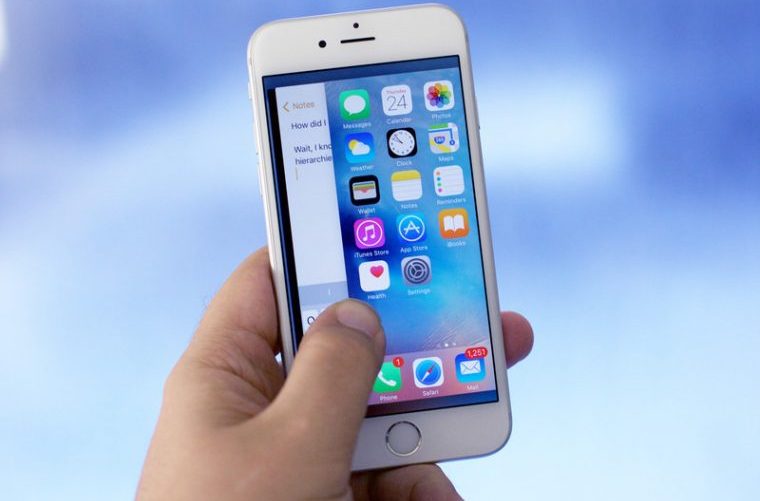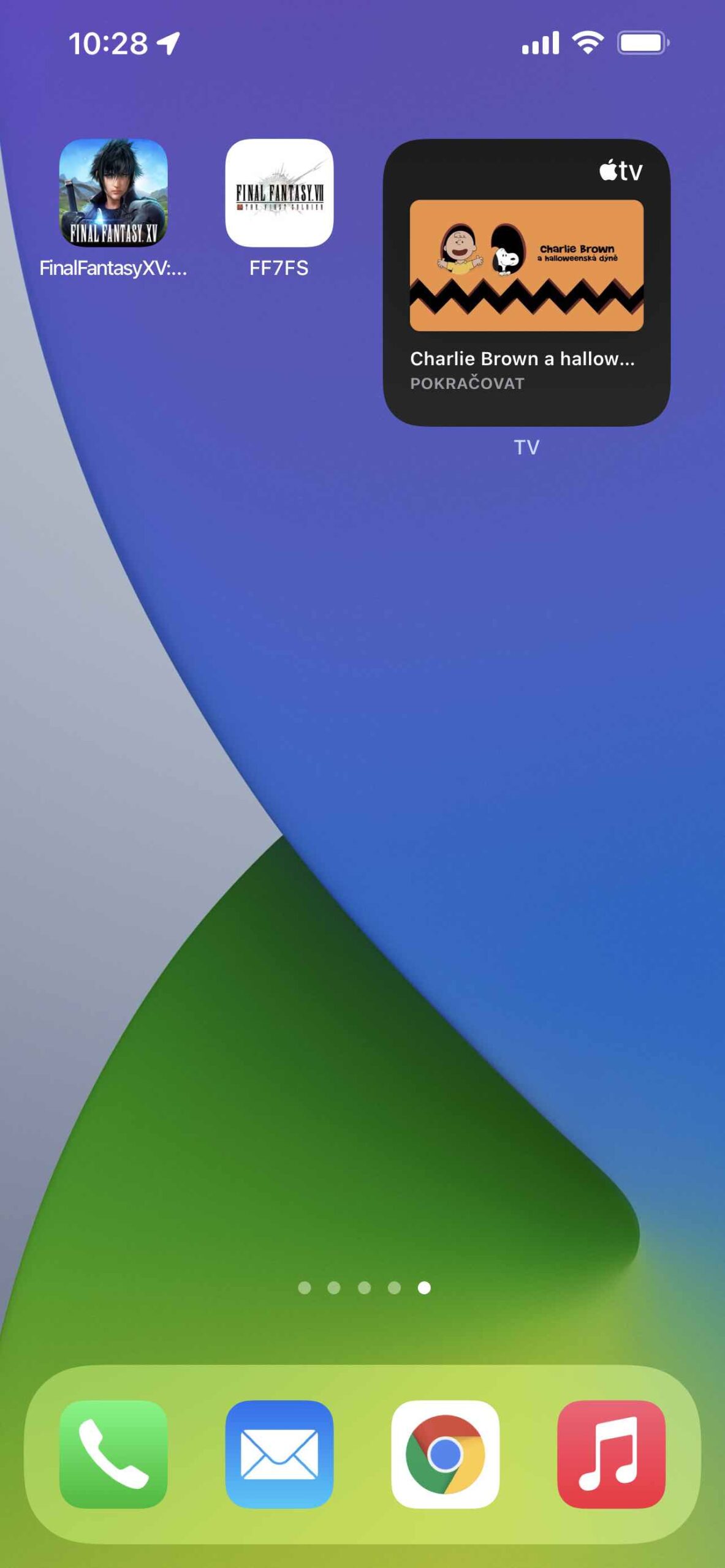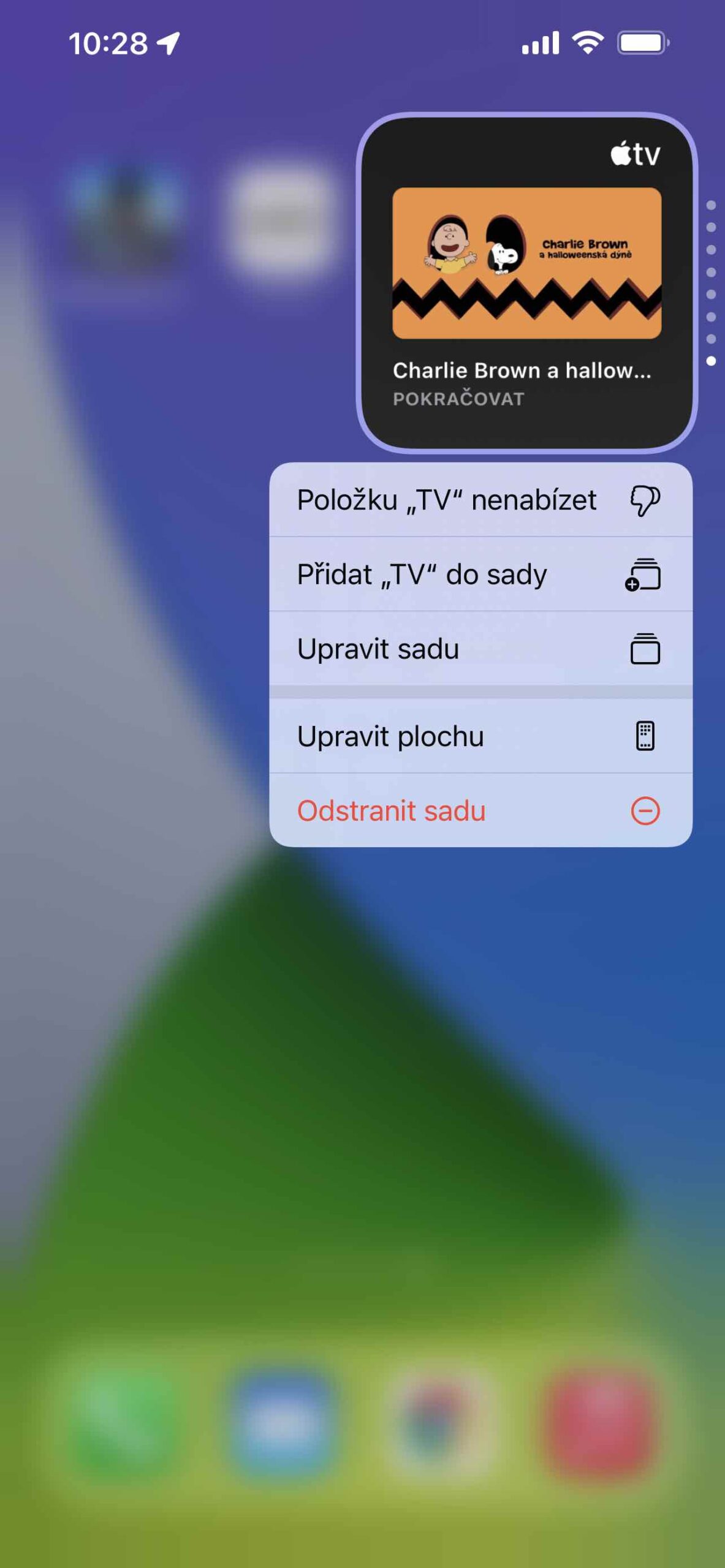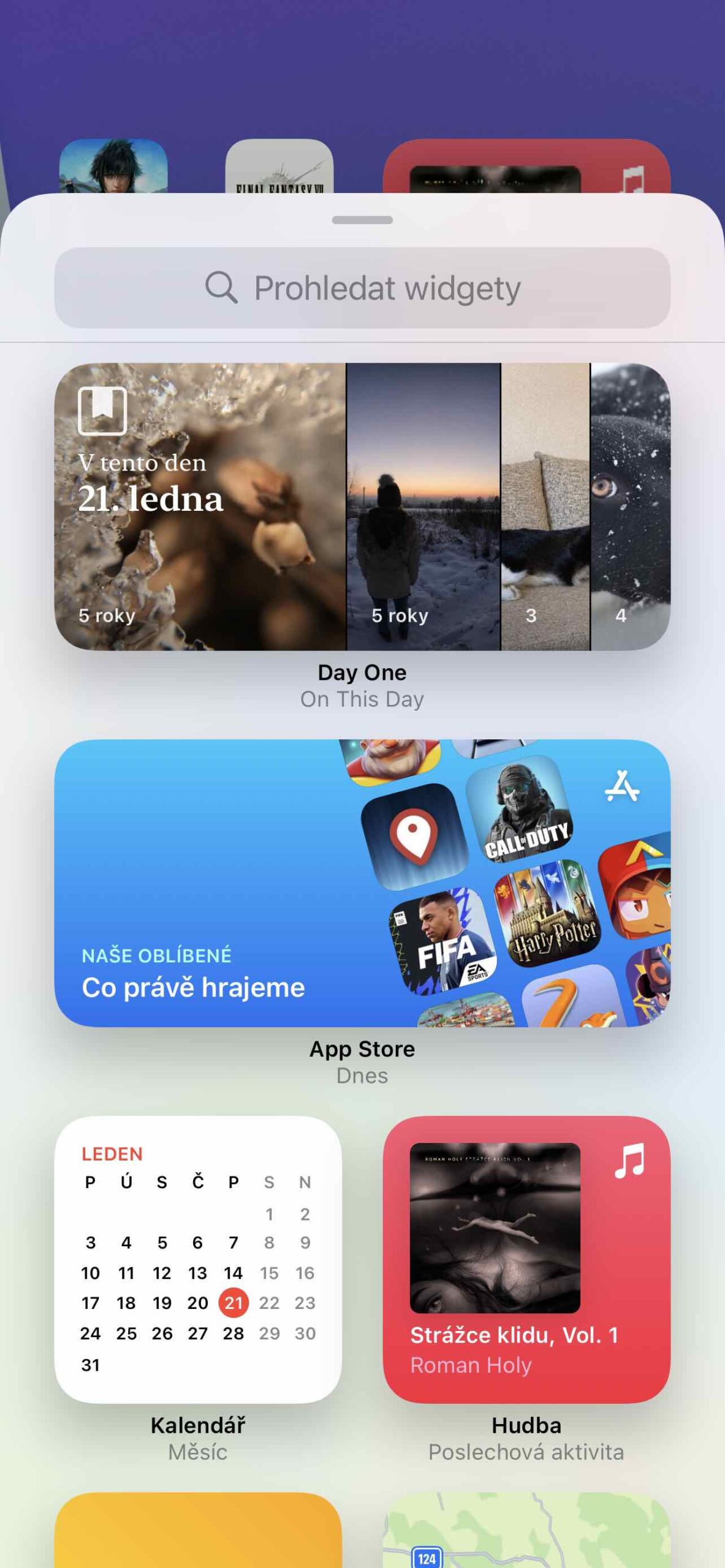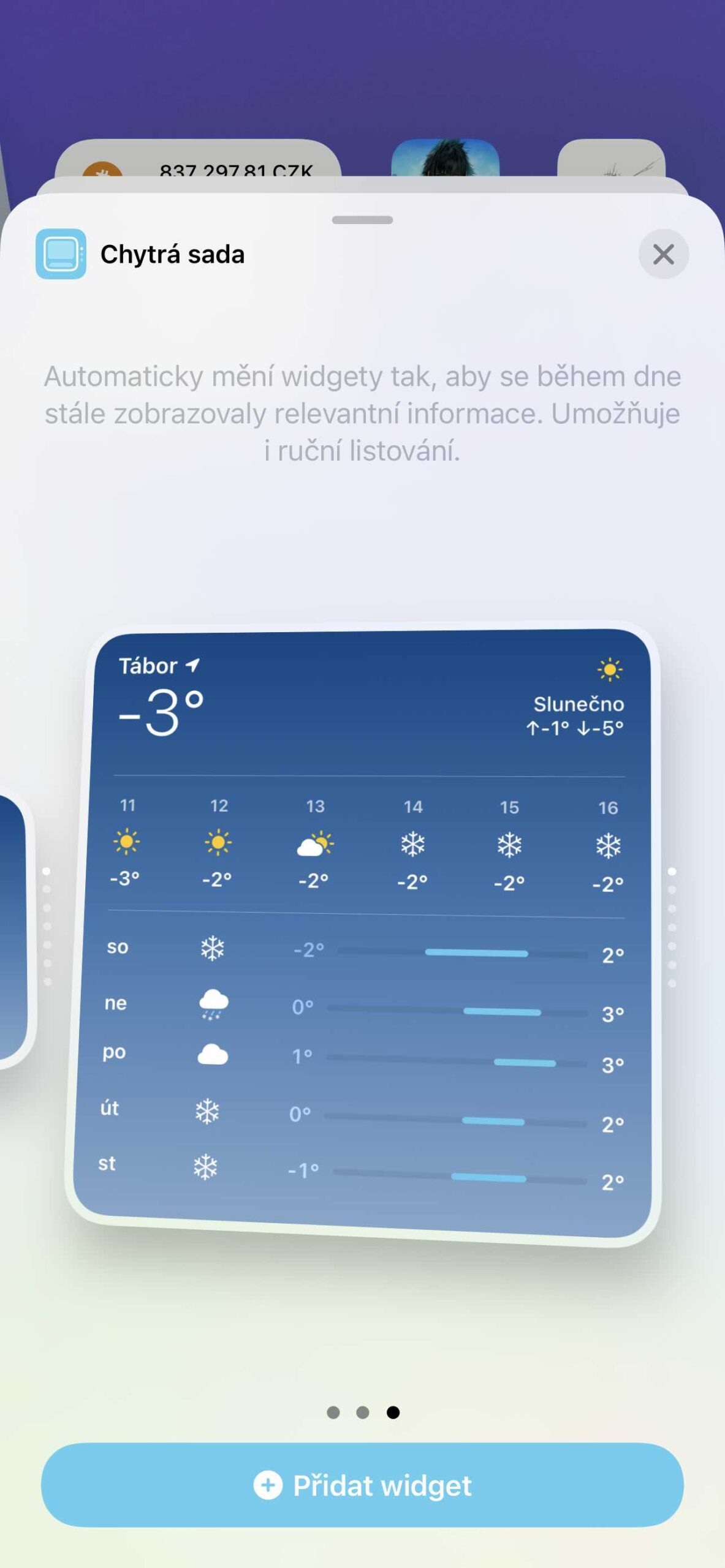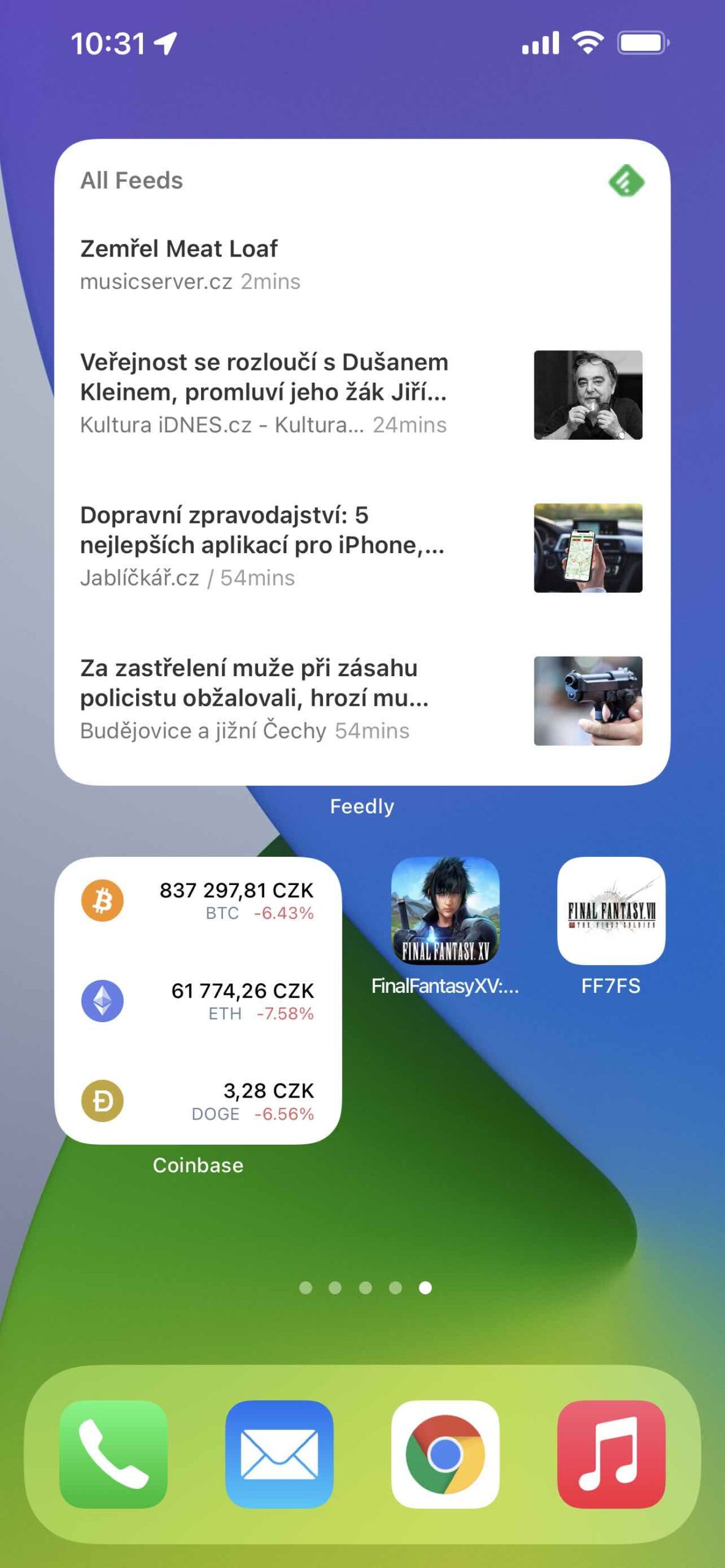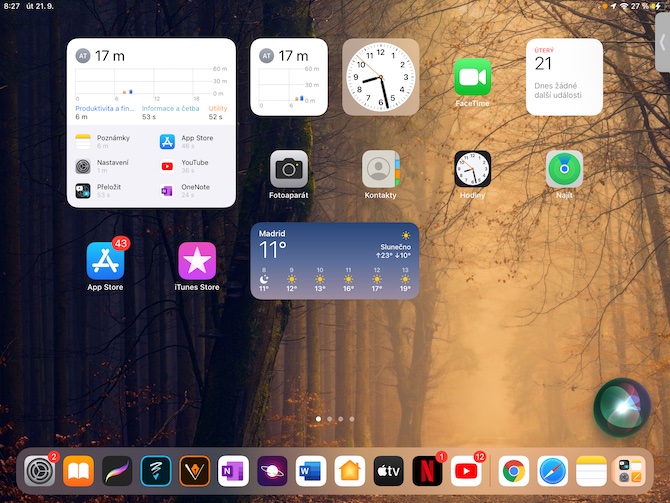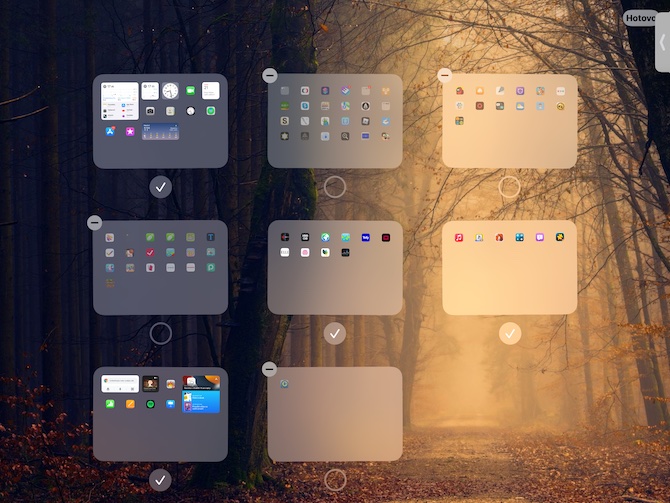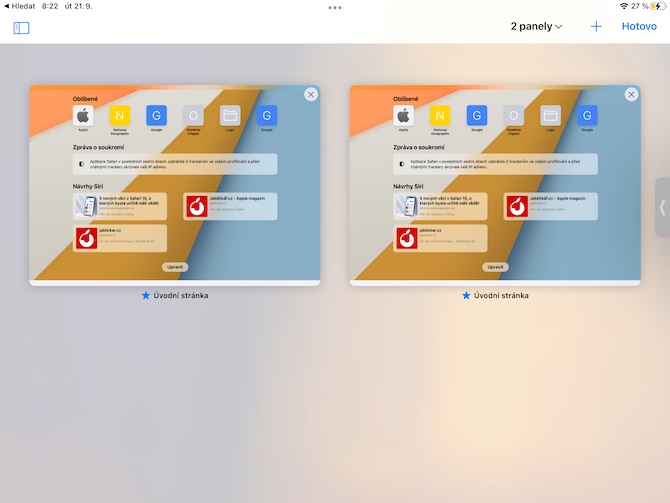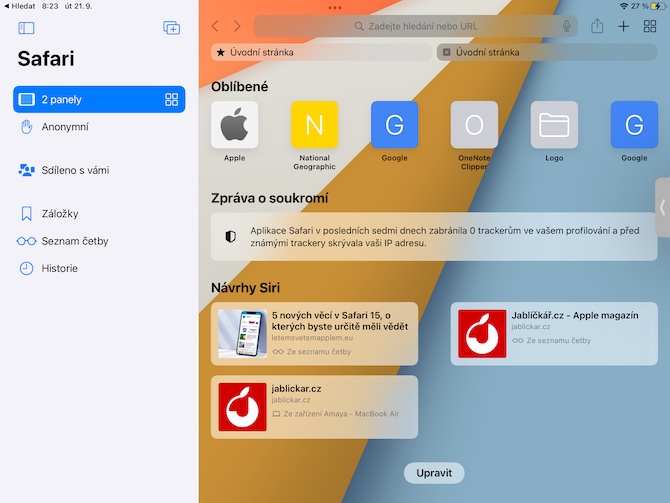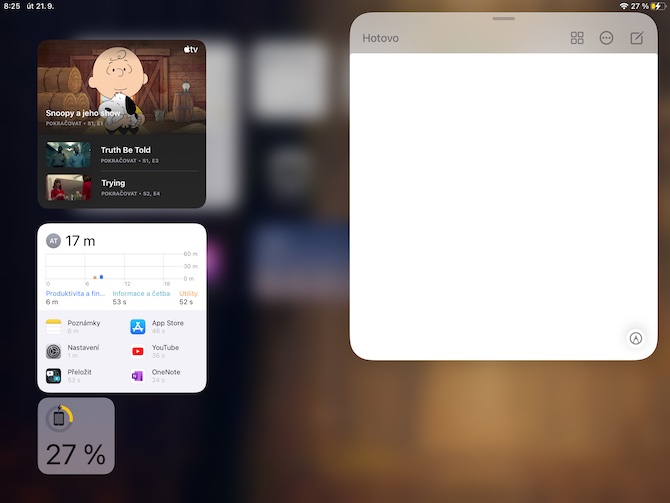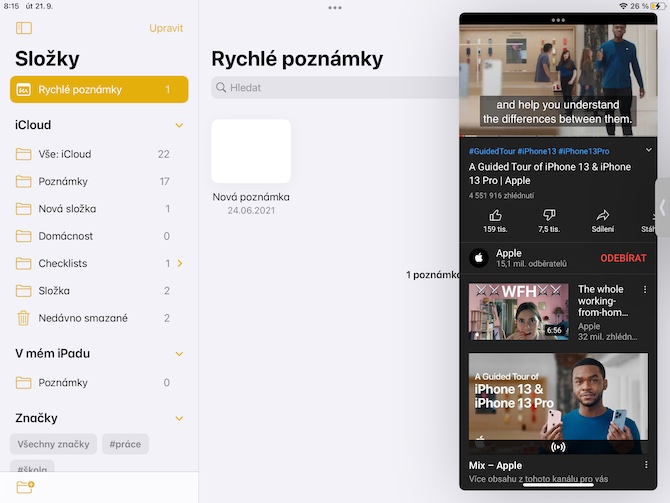It is almost certain that on Monday, June 6, 2022, we will see the introduction of the new operating system for iPhones called iOS 16. This will happen during the opening Keynote at WWDC22. Since we are less than two months away from the announcement, numerous information about what we can look forward to are also starting to surface.
Every year, the new iPhone but also its operating system. We can rely on this rule since the introduction of the first iPhone in 2007. Last year, the update to iOS 15 brought improved notifications, SharePlay in FaceTim, Focus mode, a major redesign of Safari, etc. It doesn't look like we should expect any changes for iOS 16 yet. great features, but it is certain that it will also be greatly improved.
It could be interest you
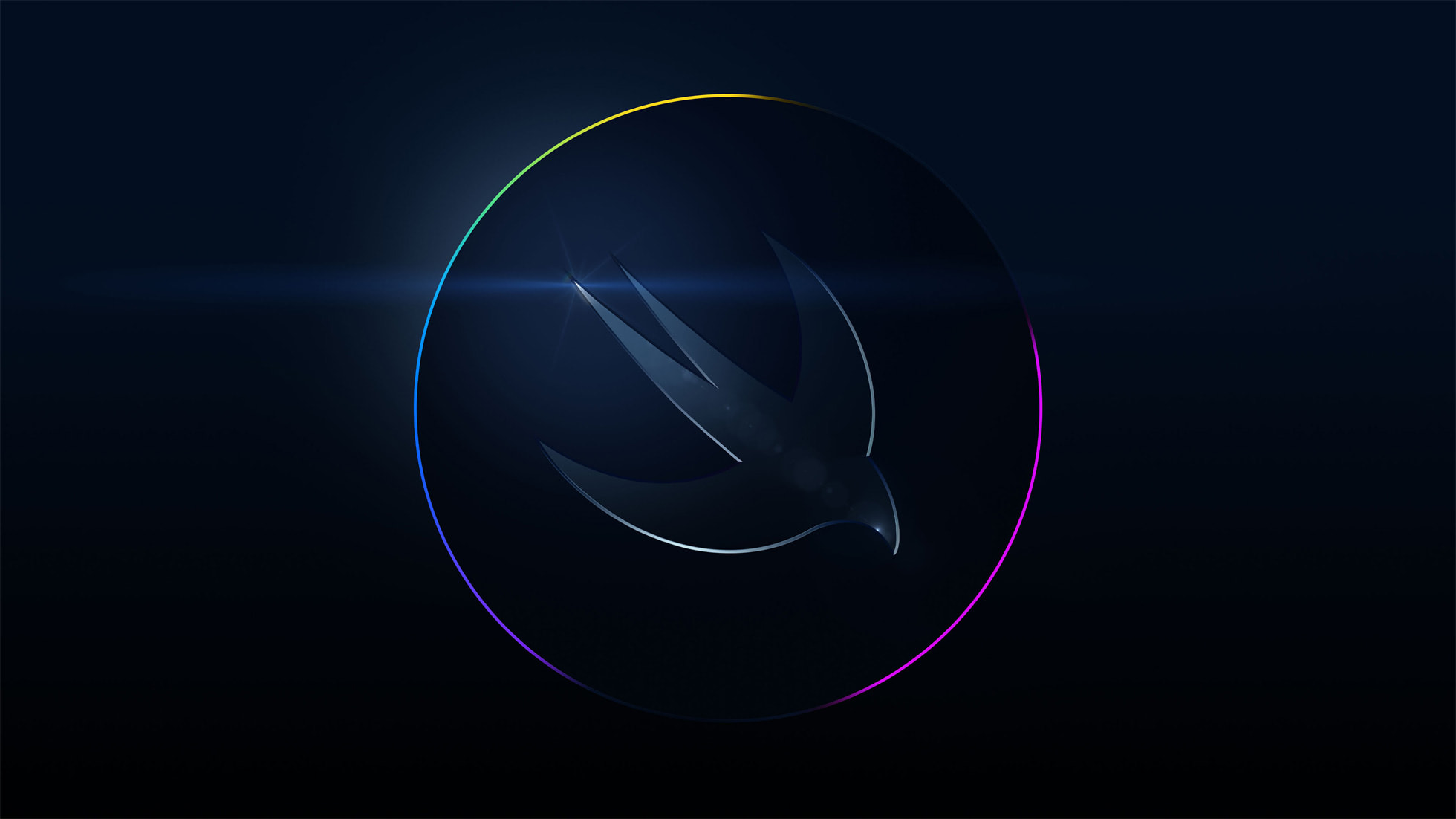
When and for whom
So we know when iOS 16 will be introduced. This will be followed by the release of a beta version of the system for developers, and then for the general public. The sharp version should be available worldwide in the autumn of this year, i.e. after the introduction of the iPhone 14. This should traditionally take place in September, unless there is an exception, as was the case with the iPhone 12, which was only introduced in October due to the coronavirus pandemic. The update will of course be free.
Since iOS 15 is also available for the iPhone 6S and 6S Plus, which Apple released in 2015, it depends on how demanding the new iOS 16 will be. If Apple is successful in its optimization, it is possible that it will maintain the same support as iOS 15. But a more likely scenario is that Apple will end support for the iPhone 6S and 6S Plus. Device support should therefore be higher from the iPhone 7 and 7 Plus models, when even the 1st generation iPhone SE drops from the list.
It could be interest you

Expected iOS 16 Features
Redesigned icons
As part of the convergence (but not merging) of the macOS and iOS operating systems, we should expect a redesign of the icons of Apple's native applications so that they correspond better. So if iOS adopts the appearance of Apple's computer systems, the icons will again be more shaded and somewhat more plastic. The company may thus begin to get rid of the "flat" design known since iOS 7.
Interactive widgets
Apple is still fumbling with widgets. At first he condemned them, then he added them to iOS in a certain and almost unusable form in order to keep expanding their functionality with the latest updates. But their main problem is that, unlike those on Android, they are not interactive. It means they just display information, nothing more. Newly, however, it would be possible to work directly in them.
Control Center extension
Again following the pattern of Android and its Quick Menu Panel, Apple is expected to allow the user to rearrange the Control Center more. Its appearance should also be closer to that of macOS, so different sliders will be present. In theory, various functions, such as the flashlight, could get their own interactive widget.
Improved AR/VR capabilities
ARKit is getting better every year and it is very likely that it will come up during WWDC22 as well. However, it is not entirely clear to what extent and what kind of news it will bring. There is a lot of speculation about gesture control, which would be mainly used by glasses and headsets for AR and VR, but Apple has not yet introduced them. It is not entirely clear what use they would have in connection with devices with a LiDAR scanner.
multitasking
Multitasking on iOS is very limited and practically allows nothing more than having multiple apps running and switching between them. Here, Apple should really do a lot of work, not only by giving iPhone users the functionality from iPads, that is, split screen, not that you can have multiple applications.
Health
Users also complain a lot about the confusing Health application, which should also improve the monitoring of health functions in connection with the Apple Watch. After all, a new system will also be introduced to Apple's smartwatches at WWDC22.

